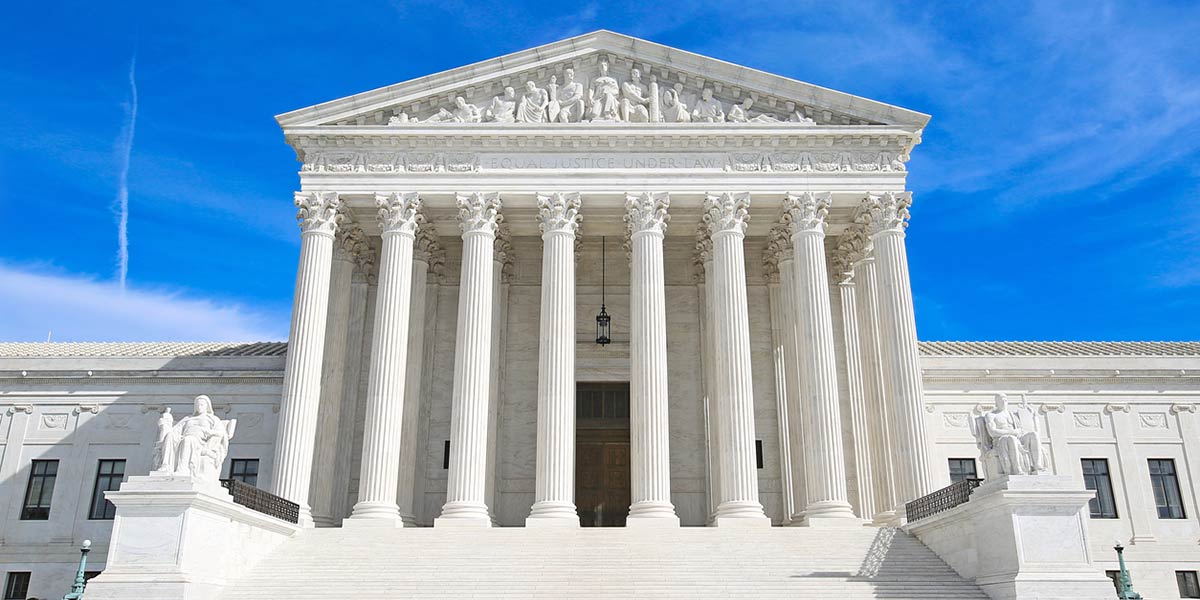JUDICIAL SELF-RESTRAINT The activities that judges are forbidden to engage in, or at least discouraged from engaging in, deal not so much ...
JUDICIAL SELF-RESTRAINT The activities that judges are forbidden to engage in, or at least discouraged from engaging in, deal not so much with jurisdiction as with justiciability — the question of whether judges in the system ought to hear or refrain from hearing certain types of disputes. Ten principles of judicial self-restraint, discussed below, serve to check and contain the power of American judges. These maxims originate from a variety of sources —
the U.S. Constitution and state constitutions, acts of Congress and of state legislatures, and the common law. Some apply more to appellate courts than to trial courts; most apply to federal and state judicial systems. A Definite Controversy Must Exist The U.S. Constitution states that “the judicial Power shall extend to all Cases, in Law and Equity, arising under this Constitution, the Laws of the United States, and Treaties made...under their Authority” (Article III, Section 2). The key word here is cases. Since 1789 the federal courts have chosen to interpret the term in its most literal sense: There must be an actual controversy between legitimate adversaries who have met all the technical legal standards to institute a suit. The dispute must concern the protection of a meaningful, nontrivial right or the prevention or redress of a wrong that directly affects the parties to the suit.
There are three corollaries to this general principle. The first is that the federal courts do not render advisory opinions, rulings about situations that are hypothetical or that have not caused an actual clash between adversaries. A dispute must be real and current before a court will agree to accept it for adjudication. A second corollary is that the parties to the suit must have proper standing. This notion deals with the matter of who may bring litigation to court. The person bringing suit must have suffered (or be immediately about to suffer) a direct and significant injury. As a general rule, a litigant cannot bring a claim on behalf of others (except for parents of minor children or in special types of suits called class actions). In addition, the alleged injury must be personalized and immediate — not part of some generalized complaint. The third corollary is that courts ordinarily will not hear a case that has become moot — when the basic facts or the status of the parties have significantly changed between the time when the suit was first filed and when it comes before the judge(s).
The death of a litigant or the fact that the litigants have ceased to be warring CHAPTER 3: JURISDICTION AND POLICY-MAKING BOUNDARIES 63 parties would render a case moot in most tribunals. However, sometimes judges may decide that it is necessary to hear a case, even though the status of the facts and parties would seem to have radically altered. Examples include cases where someone has challenged a state’s refusal to permit an abortion or to permit the life-support system of a terminally ill person to be switched off. (In such cases, by the time the suit reaches an appellate court, the woman may already have given birth or the moribund person may have died.) In these cases judges have believed that the issues were so important that they needed to be addressed by the court. To declare such cases moot would,
practically speaking, prevent them from ever being heard in time by an appellate body. Although federal judges do not rule on abstract, hypothetical issues, many state courts are permitted to do so in some form or other. Federal legislative courts may give advisory opinions as well. Also, American judges are empowered to render declaratory judgments,
which define the rights of various parties under a statute, a will, or a contract. The judgments do not entail any type of coercive relief. The federal courts were given the authority to act in this capacity in the Federal Declaratory Judgment Act of 1934, and about three-fourths of the states grant their courts this power. Although a difference exists between an abstract dispute that the federal courts must avoid and a situation where a declaratory judgment is in order, in the real world the line between the two is often a difficult one for jurists to draw.

No comments